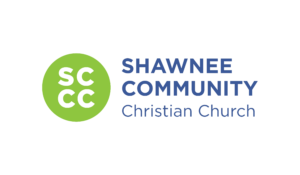
Let’s look at an overlooked person in the Bible, Barnabas. First, his name is really Joseph but the apostles renamed him Barnabas meaning one who encourages. He is first mentioned in Acts 4:36, 37 when he sells some property and gives the proceeds to the apostles.
Then in Acts 9, where Saul’s conversion is told, Barnabas seems to be the first one to believe that Paul is now not an enemy, when in verse 27 and following Barnabas brings him to the apostles, being a witness to the change in Saul that leads him to go by his other name, Paul.
Next, in Acts 11:19-26, there are disciples in Antioch who start proclaiming the good news about Jesus to Gentiles as well as to Jews. When those in Jerusalem hear the news they send Barnabas to Antioch. After a while in Antioch Barnabas goes to Tarsus to get Paul, who had gone to his hometown for his own protection. They come back to Antioch and it is there where the disciples of Jesus are first called Christians. He and Paul go back to Judea with gifts received from those in Antioch for those in Judea who might need them in anticipation of a predicted famine, and they both return to Antioch, where in Acts 13 the leaders of the church there sense the Holy Spirit telling them to send Paul and Barnabas to Cyprus to share the good news of Jesus. As part of the preparation for them to go the leaders fast and pray, laying their hands on Barnabas and Paul. They have John Mark with them as an assistant but in Acts 13:13 he leaves them and goes back to Jerusalem.
Continuing their journey, in Acts 14 Paul and Barnabas are in Lystra where Paul heals a man with a disability. The people there decide that Barnabas and Paul are the gods, Zeus and Hermes. After returning to Antioch, in Acts 15:36-38 they decide to revisit those followers from their first journey; Barnabas, the encourager, wants to bring John Mark with them again but Paul doesn’t, and the two end up going separately, Barnabas with John Mark, and Paul with Silas.
Since the rest of Acts is basically the adventures of Paul, we don’t have any more biblical record of what Barnabas does after that. Mark, the one Paul wanted to leave behind does get mentioned in some of Paul’s letters as being a great help to Paul.
Mark Phillips
For Tabatha’s Installation Service this Sunday, where I anticipate there will be some laying on of hands following the example of the church leaders in Antioch, I will wear my necktie with the winged lion, the symbol for St. Mark, aka John Mark on it.

